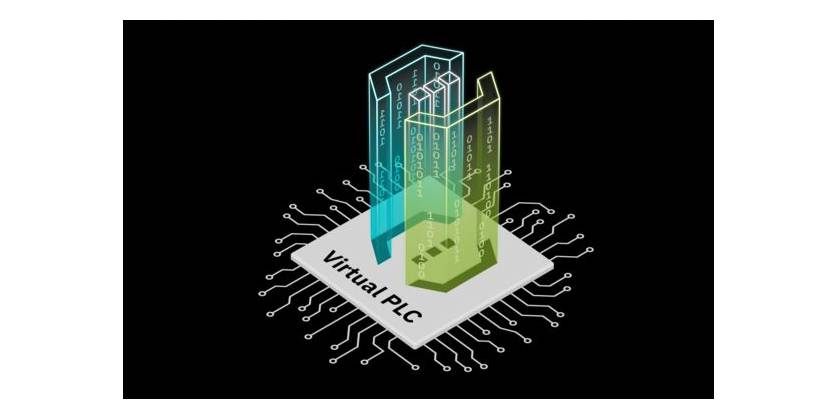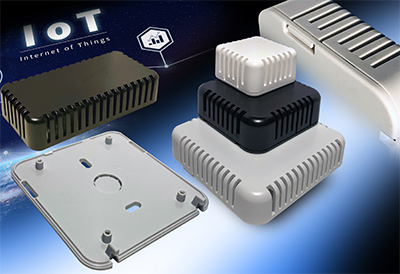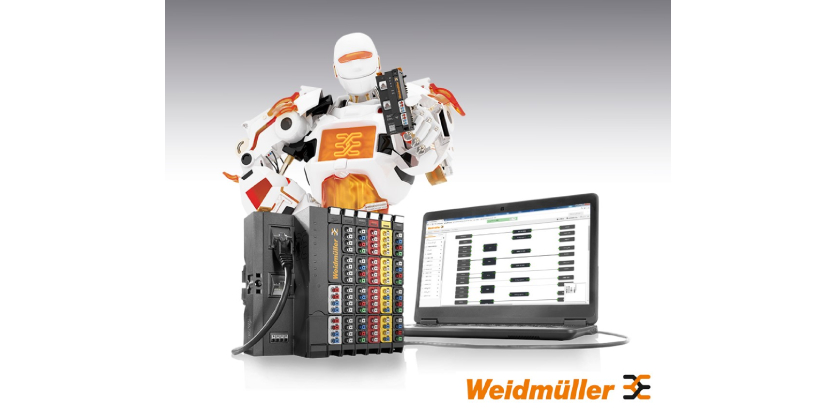Virtual PLCnext Control: A Software-Based Controller for the Industrial Future
October 14, 2025

Virtual PLCnext Control: A Software-Based Controller for the Industrial Future
With Virtual PLCnext Control, Phoenix Contact is launching a software-based controller solution that enables flexible automation functions in virtualized IT environments.
The solution is fully integrated into the PLCnext Technology ecosystem and opens up new possibilities for state-of-the-art, scalable, and resource-saving automation concepts without any physical controller hardware.
Virtual PLCnext Control is hardware-independent and is based on the Open Container Initiative (OCI). This means that the controller software can be run as a container application in state-of-the-art IT infrastructures such as Docker and Hyper-V – on Windows and Linux systems, locally and in the cloud. This architecture enables rapid deployment, simple scaling, and a high degree of flexibility when integrating into existing automation and IT landscapes.
The new solution will be presented for the first time at SPS 2025 in Nuremberg, Germany. There, Phoenix Contact will demonstrate how Virtual PLCnext Control will open up new degrees of freedom in automation and bring the controller directly into the IT world. Visitors to the trade fair stand in Hall 9-310 will be able to see the benefits of the software-based controller for themselves.
“With Virtual PLCnext Control, we are taking the controller straight to where it is needed today: the IT world“, explains Andre Brand, Manager Product Management Controls at Phoenix Contact. “Our customers benefit from high-level scalability, rapid deployment, and the ability to implement automation projects flexibly, while saving resources at the same time”. The new solution supports all of the familiar functions such as programming in IEC 61131-3, high-level language integration, OPC UA, MQTT, and the use of apps from the PLCnext Store. This means that the familiar development environment is retained – it is just that there is no physical controller hardware.
Virtual PLCnext Control is ideal for applications in industrial digitalization where classic control technology has reached its limits – whether for simulations, test environments, decentral control concepts, or as part of an edge architecture.
More Information
Related Product
Data Interfaces for Control Cabinets and Devices from Phoenix Contact
The new Data Service Interfaces (DSIs) from Phoenix Contact are a convenient solution for service work on control cabinets and devices. With various interfaces including RJ45 and USB, the space-saving service interfaces enable the quick and easy connection of additional electrical devices.




